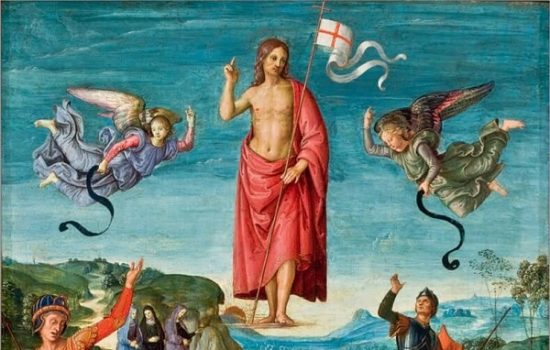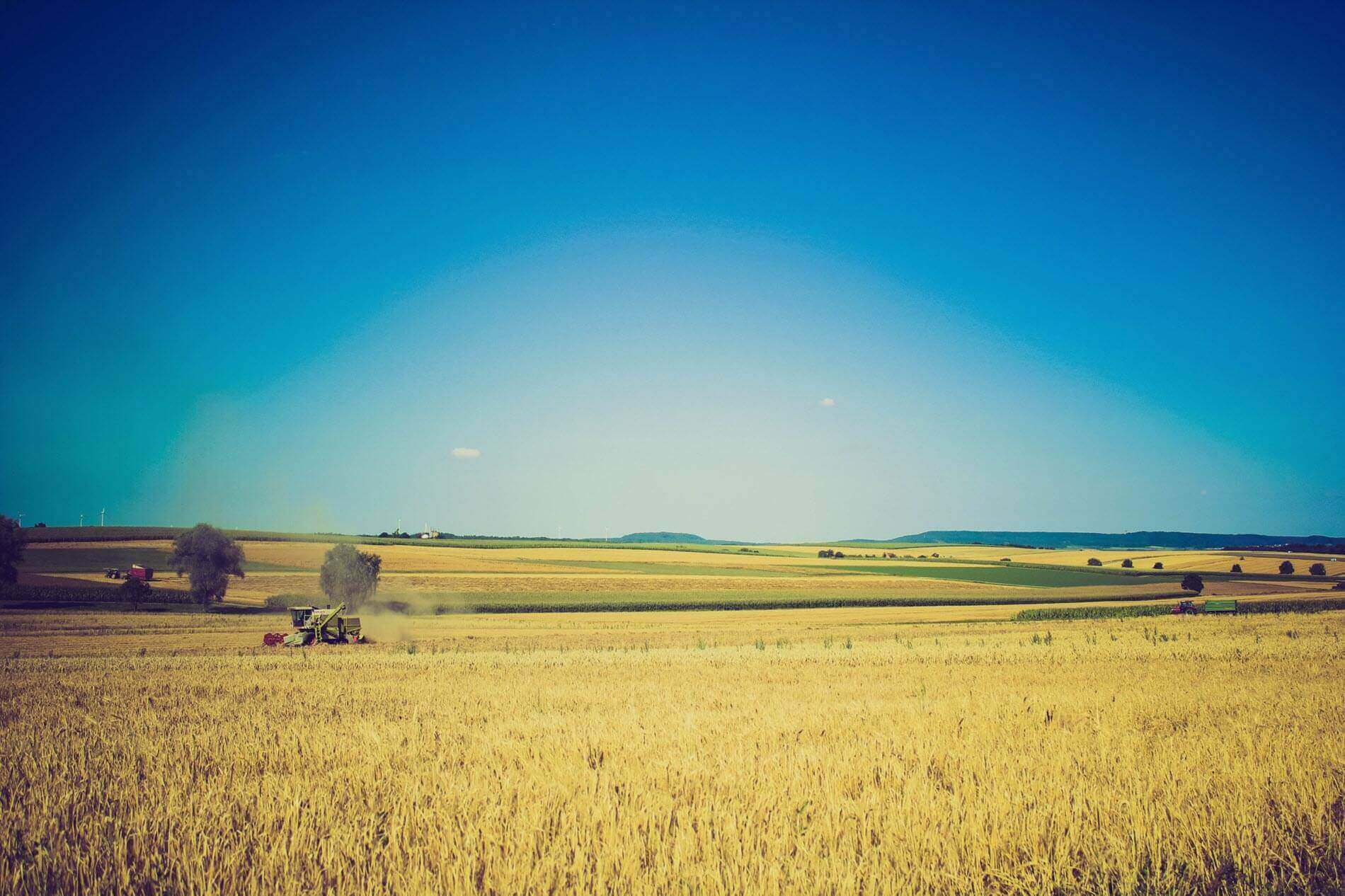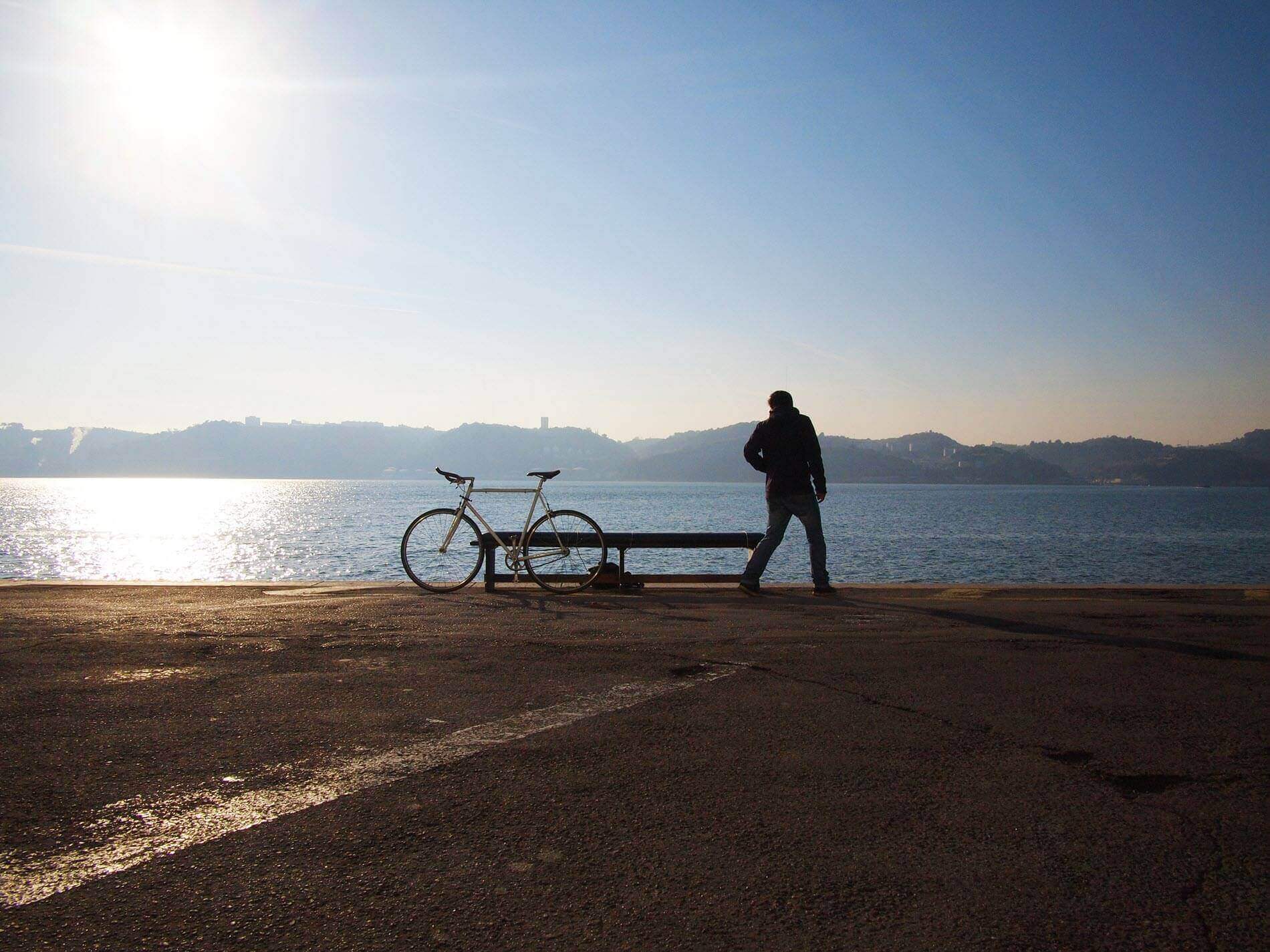Celebrating the Joy of Easter
The Feast of the Resurrection of Jesus, Easter, is a celebration of great joy. Raised from the dead, our Savior conquered evil, sin, and death forever. All creation shares in this victory. Easter comes in the spring, the time in the Northern Hemisphere when the earth wakes up after a cold winter. The gospels tell us that Jesus’ death occurred around the Jewish Feast of Passover, the yearly commemoration of the deliverance of the Hebrew people out of slavery in Egypt into the freedom of the Promised Land. Passover is celebrated at the time of the first full moon after the vernal equinox, the first day of spring.
The celebration of Easter was always part of the Church’s liturgy, although the date could vary from country to country. In 325 CE, the Council of Nicea decreed that Easter would always be on Sunday, the first Sunday after the first full moon in spring. The first day of spring is almost universally observed on March 21. Thus, most of the world continues to observe Easter on the first Sunday after the first full moon following March 21.
Easter was recognized in the early days of the church as the ideal time to celebrate the sacrament of baptism. In this sacrament a new Christian becomes a member of the body of Christ. The time before Easter became a time of preparation for the reception of the sacraments and eventually became known as the season of Lent. The word “Lent” comes from an ancient form of “lengthen.” The days are lengthening after the equinox.
In Lent all the faithful are encouraged to renew their baptismal commitment and prepare to enjoy the graces that Easter brings. The Easter cycle lasts for fifty days: forty days from Easter to the Feast of the Ascension and ten days from Ascension to Pentecost.
In John’s Gospel, the resurrection story begins with the empty tomb. Mary Magdalen discovers this and runs to tell Peter who, with the beloved disciple, goes to see the place for himself. Mary remains weeping at the tomb but is met by angels who tell her of the resurrection. Then Jesus appears and asks her why she is weeping. She recognizes him when he calls her by name, “Mary.” She realizes that he is truly risen and responds with joy, “Rabbouni (Teacher)” (Jn 20:16). Jesus sends her to bring the good news to the disciples.
Appearing through a locked door, the risen Lord greets the group with a message of peace. They receive the Holy Spirit and the gift of forgiving sins. Thomas, who was not present, refuses to believe until he experiences the risen Lord. When the Lord again appears, Thomas believes and responds “My Lord and my God” (Jn 20:28). The chapter ends by addressing the reader, “These signs are written that you may come to believe that Jesus is the Messiah, the Son of God, and that through this belief you may have life in his name” (Jn 20:31). This is the conclusion of the story.
John’s Gospel, however, adds an epilogue recounting Jesus’ meeting the disciples fishing on the Sea of Tiberias, his commission to Peter to “Feed my sheep” (Jn 21:17), and the reference to the Beloved Disciple (Jn 21:21-23). The gospel ends with this disciple’s testimony that all that is written here is true (Jn 21:24).
Reflecting on the resurrection accounts in the four gospels is a truly blessed way to live out Easter. The best way to do this is to take your Bible and read each passage slowly and prayerfully. Notice the places where the gospels differ and where they agree. Take time to appreciate the artistry of the writers as they are inspired by the Holy Spirit to tell the story for a variety of audiences. Let the power of the message get inside you. This is actually the practice of what the Church calls “lectio divina”. May the light and joy of Easter burn brightly in your hearts!
Celebrando la noticia de la Pascua
La mejor noticia: ¡Jesucristo ha resucitado! ¡Feliz Pascua de Resurrección! Estamos ya en el esplendor del gran Día de la Resurrección de Cristo. ¡Ha resucitado Cristo, el Señor! A pesar de la situación de pandemia y muerte que existen hoy en el mundo, hoy la Iglesia unida a su Señor proclama dichosa el gran misterio de la vuelta de Jesús a la vida, pero ahora indestructible y absolutamente gozosa. Dejémonos inundar por la gracia de este hecho que nos llena de esperanza segura y eficaz con la fe cristiana que hemos recibido en nuestro bautismo. La Resurrección de Jesús es la celebración cumbre y central de todo el Año Litúrgico que se renueva cada domingo. Es la verdad nuclear de nuestro cristianismo, como fundamento, contenido y raíz de nuestra fe, esperanza y caridad. Es el momento cumbre de la vida de Jesucristo y del plan de Dios Padre para salvar a los hombres muertos por el pecado.
Vivir como personas resucitadas. La Carta a los Colosenses nos anima a buscar los bienes de arriba, junto a Cristo. Tiene que cambiar nuestra opción fundamental de vida, plasmada en un proyecto concreto, en el que se note que tenemos nuevos planteamientos y actitudes. Recibimos hoy la semilla y el comienzo de una vida totalmente nueva para todos los que creemos en Él. Ya no vale instalarnos en nuestro egoísmo, nuestro materialismo, nuestro orgullo, nuestra indiferencia. Cristo resucitó de entre los muertos y es el primero de todos los que por la fe habremos de resucitar con Él. Tiene que notarse en nuestros hechos. El transforma nuestra vida. Creemos en el Dios de la vida y eso nos hace cultivadores y guardianes, protectores de la vida y de la fraternidad. Así lo ha recordado el Papa Francisco: “Creer en la resurrección significa no resignarse a que el mundo siga adelante siempre de la misma manera. Celebrar la pascua es creer con toda la fuerza de nuestro corazón que Cristo sigue viviendo en medio de nosotros y que es capaz de transformarnos desde dentro para ayudarnos a construir el mundo y la vida que anhelamos, y que nos parece tan lejano”.
Hoy renovamos nuestro bautismo. Por el bautismo hemos quedado injertados en la muerte y resurrección de Cristo. El tono bautismal de los domingos de Cuaresma nos ha llevado a renovarlo. La fe es el mayor don que hemos recibido. Hemos sido consagrados para ser “otro Cristo”. Es un honor ser sacerdote, profetas y reyes, pero también un compromiso de vida. Las obras de misericordia que practiquemos con nuestros hermanos, especialmente los más débiles y desamparados… son formas de demostrar ese compromiso Cuando pedimos perdón o lo otorgamos a quienes nos han ofendido… eso es ser fieles a nuestro bautismo. Ser diligentes y comprometidos en nuestras responsabilidades de estado y cada día, también son formas de demostrar nuestro seguimiento de Jesucristo. Cuando nos privamos de algún gusto, una comodidad, un tiempo libre que dedicamos a otros, estamos poniendo en práctica nuestra consagración bautismal. Aceptar con paciencia, amor y generosa entrega nuestras enfermedades, pruebas y desamparos, son facetas de nuestra misteriosa resurrección. Demos testimonio de nuestra experiencia de Jesucristo como lo hizo Magdalena con Pedro y Juan y como hicieron ellos con todos: vieron, creyeron y testimoniaron que Cristo estaba vivo.















